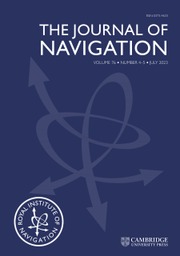No CrossRef data available.
Article contents
Adaptive robust trajectory tracking control with states-estimation for DJI-F450 quadrotor under multiple unknown disturbances
Published online by Cambridge University Press: 30 June 2025
Abstract
A quadrotor unmanned aerial vehicle (UAV) must achieve desired flight missions despite internal uncertainties and external disturbances. This paper proposes an adaptive trajectory tracking control method that attenuates unknown uncertainties and disturbances. Although the quadrotor is underactuated, a fully actuated controller is designed using backstepping control. To avoid repeated derivatives of control inputs, a dynamic surface method introduces a filter and auxiliary controller. Lyapunov criteria guide adaptive laws for tuning controller gain and filters. A low-power observer is integrated for state estimation. Additionally, a disturbance observer is developed and combined with the control scheme to handle unknown disturbances. Simulations on a DJI F450 quadrotor demonstrate that the proposed control algorithm offers strong trajectory-tracking performance and system stability under multiple uncertainties and external disturbances during flight.
Keywords
Information
- Type
- Research Article
- Information
- Copyright
- © The Author(s), 2025. Published by Cambridge University Press on behalf of The Royal Institute of Navigation


